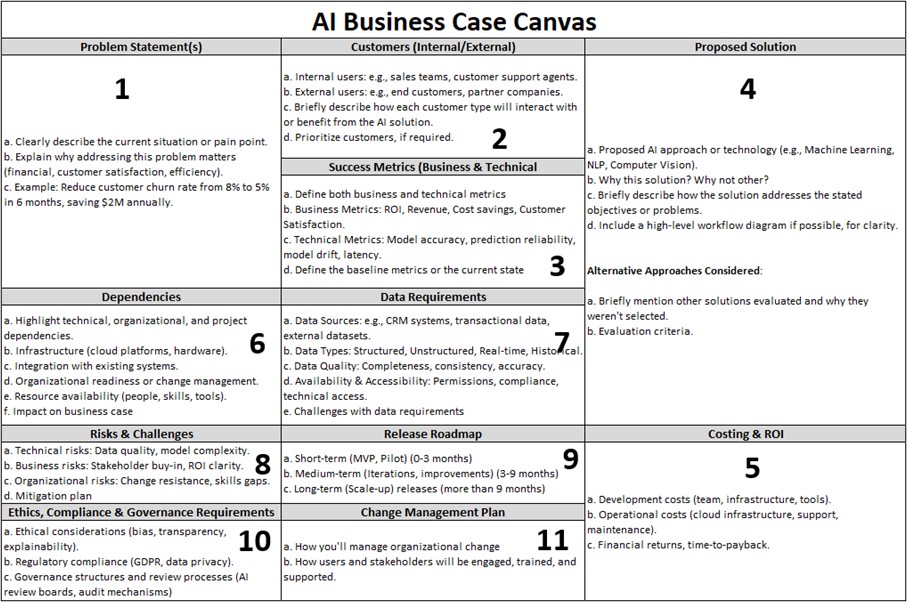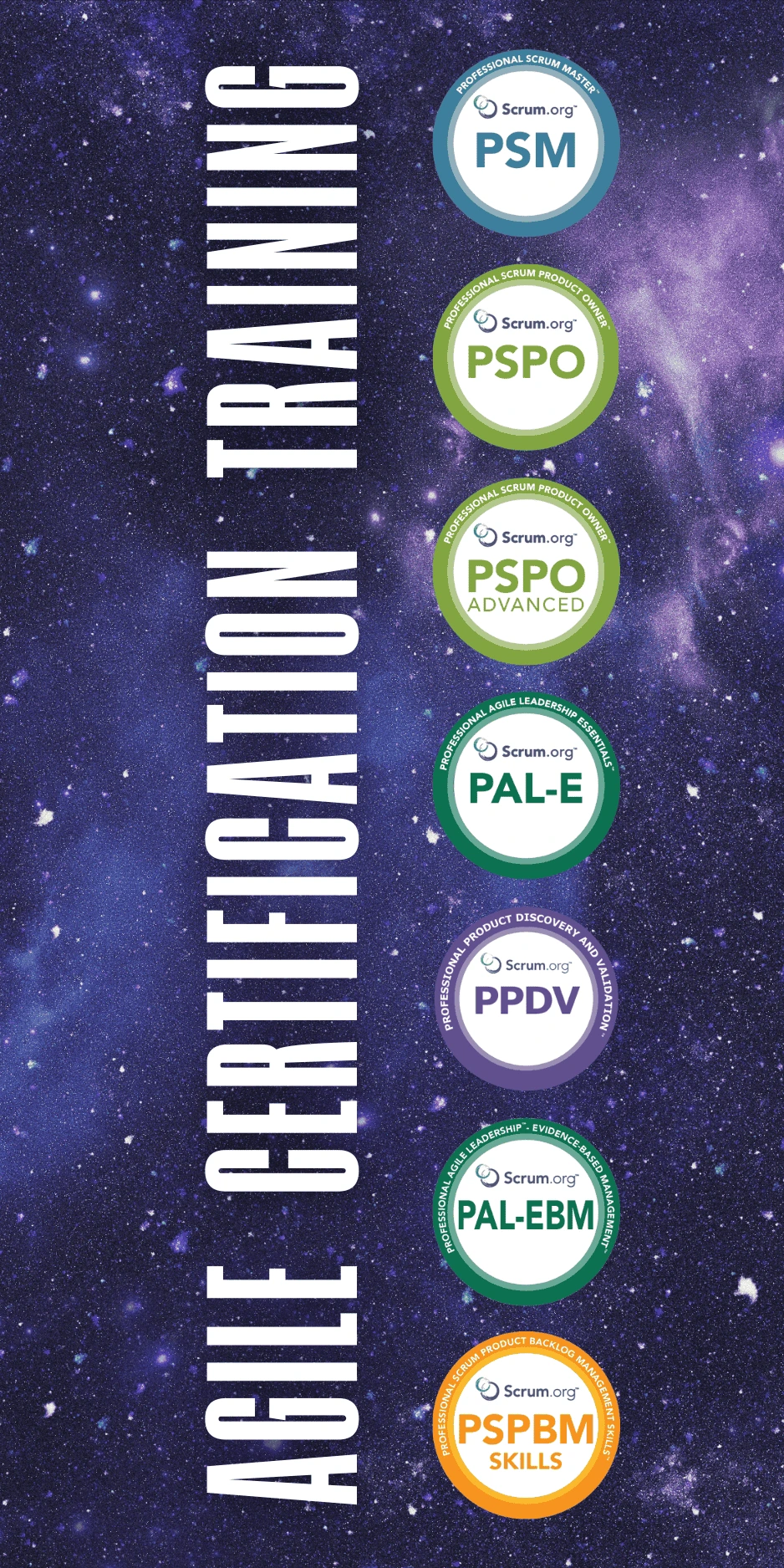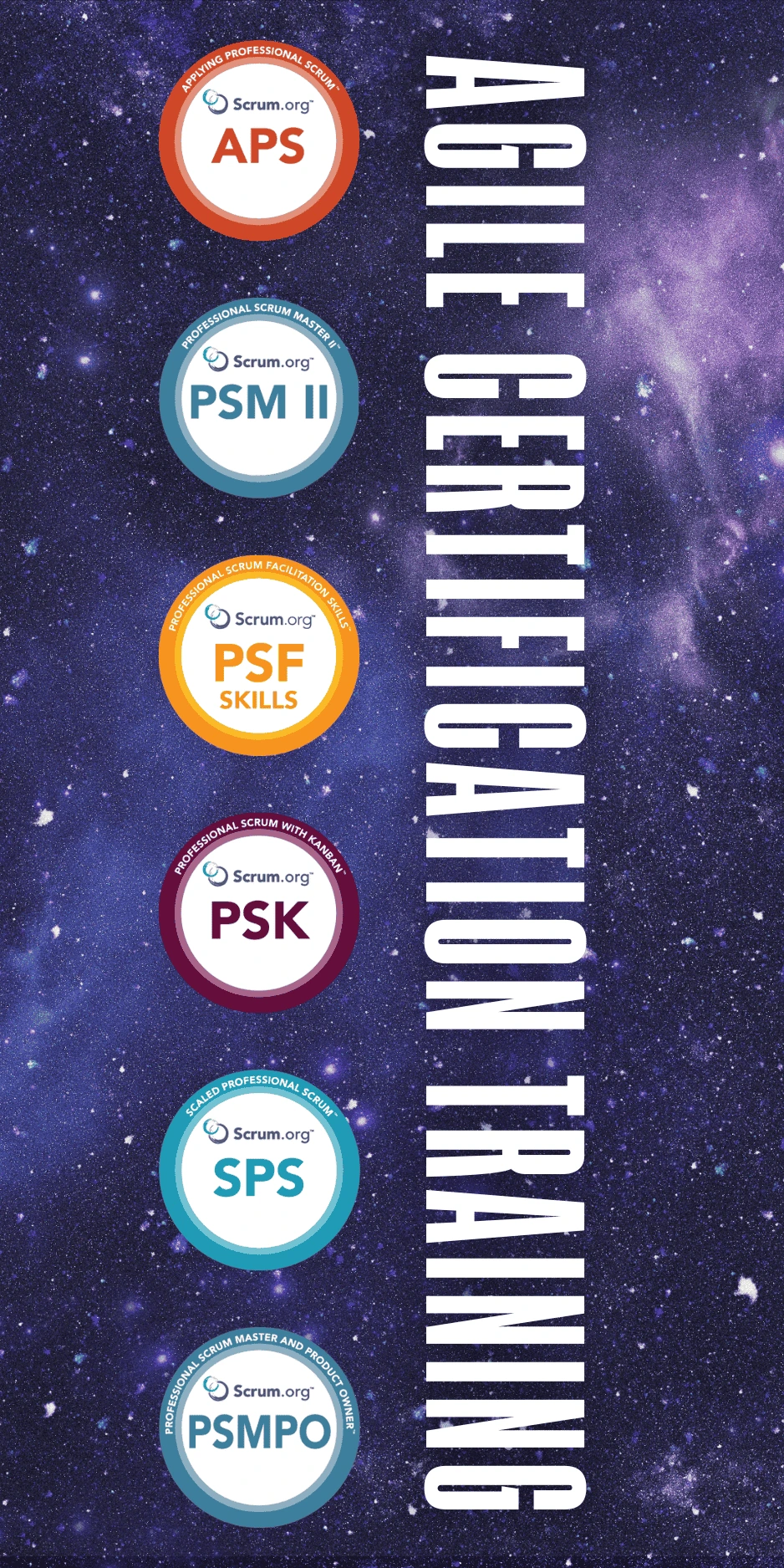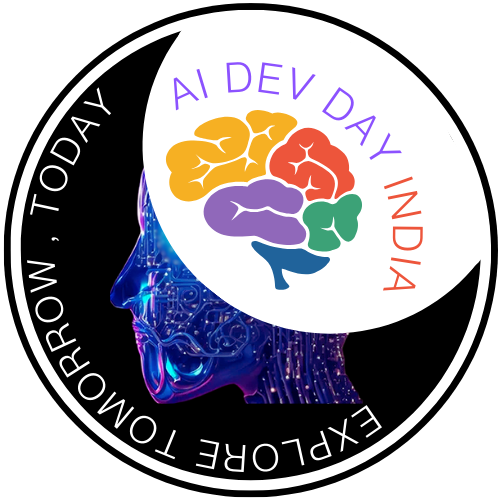How to Build a Powerful AI Business Case
Over the past weeks, we've explored some critical aspects of AI transformation through a series of blogs designed to empower organizational leaders in their AI journeys.
We first examined the relationship between AI and Agile in our article AI & Agile: Foe or Friend?, highlighting why embracing Agile principles significantly boosts AI project success.
Next, in Launch and Scale Your AI Organization, we discussed critical insights for leaders planning to establish and expand their AI teams, providing practical guidance for sustainable growth.
We then shared innovative team structures that facilitate successful AI implementation in AI-Driven Organizational Structure for Successful AI Transformation. This post showcased effective organizational models tailored specifically for AI initiatives, such as AI Pods and Capability Networks.
Finally, in AI Team Scaling Models in Various Companies, we revealed how successful companies effectively scale their AI efforts globally, offering valuable real-world examples for inspiration.
After exploring these foundational insights, you might now be thinking, “Am I ready to present my first AI business case?”
If so, this article will guide you step-by-step in creating a clear, structured, and compelling AI business case that aligns perfectly with your organizational goals and strategy.
Here’s a clear and practical guide on how to build a compelling business case for your AI initiatives:
Step 1: Define the Problem
Begin by clearly articulating the business problem you're aiming to solve. Be specific:
- Describe the Current Situation: What’s the pain point? For example, your company currently faces an 8% customer churn rate.
- Highlight the Impact: Explain why this problem matters—such as financial losses, decreased customer satisfaction, or operational inefficiencies.
Example Objective: "Reduce customer churn rate from 8% to 5% within 6 months, achieving annual savings of $2 million."
Step 2: Identify and Prioritize Your Customers
Clearly define who will benefit from your AI solution. Your customers can be:
- Internal: Sales teams, customer support, or product managers.
- External: End customers and partner organizations.
Describe how each customer segment interacts and benefits from your proposed AI solution. Prioritize clearly to ensure your solution aligns with key stakeholders’ needs.
Step 3: Define Success Metrics
Define both business and technical metrics to measure your success accurately:
- Business Metrics: ROI, revenue growth, cost savings, customer satisfaction.
- Technical Metrics: Model accuracy, prediction reliability, monitoring model drift, and latency.
- Baseline Metrics: Clearly state the current state to measure improvement effectively.
Step 4: Present the Proposed AI Solution
Briefly outline your AI approach or technology, such as Machine Learning, NLP, or Computer Vision. Be clear about:
- Why this solution? What makes this AI approach suitable? Why not choose an alternative?
- How it solves the problem: Clearly describe the direct relationship between the AI solution and the identified business issue.
- Visual clarity: Consider including a simple workflow diagram to illustrate the solution clearly.
Consider Alternative Approaches
Briefly discuss other potential solutions you evaluated:
- Explain why other approaches were not selected.
- Clearly state your evaluation criteria (e.g., complexity, scalability, cost-effectiveness).
Step 5: Financial Planning (Costing & ROI)
Articulate clearly:
- Development Costs: Team expenses, infrastructure, tools.
- Operational Costs: Cloud services, ongoing support and maintenance.
- Financial Returns: Clearly define anticipated ROI and payback timeline.
Step 6: Understand Dependencies
Clearly articulate any dependencies critical to your AI solution:
- Infrastructure needs (cloud platforms, hardware).
- Integration with existing systems.
- Organizational readiness, change management.
- Resource availability (people, skills, tools).
Understand and communicate the impact of these dependencies on your business case.

Step 7: Specify Data Requirements
Data is the cornerstone of any AI initiative. Address clearly:
- Data Sources: CRM systems, transactional data, external datasets.
- Data Types: Structured, unstructured, real-time, historical.
- Data Quality: Completeness, consistency, and accuracy.
- Accessibility: Permissions, compliance, technical accessibility.
Identify and plan for any anticipated challenges or limitations with your data requirements.
Step 8: Identify Risks & Challenges
Identify and categorize risks, such as:
- Technical Risks: Data quality issues, model complexity.
- Business Risks: Stakeholder buy-in, clarity on ROI.
- Organizational Risks: Resistance to change, skills gaps.
Include mitigation strategies for each risk category to demonstrate preparedness.
Step 9: Develop a Release Roadmap
Outline your implementation timeline and key milestones clearly:
- Short-term (0-3 months): MVP, pilot phase.
- Medium-term (3-9 months): Iterations, feature improvements.
- Long-term (9+ months): Full-scale deployment and continuous enhancement.
Step 10: Address Ethics, Compliance, and Governance
Ensure your AI initiative meets ethical standards and compliance requirements:
- Ethical considerations: transparency, explainability, bias.
- Regulatory compliance (GDPR, data privacy).
- Governance structures (AI review boards, audits).
Clearly document how your initiative will manage these important aspects.
Step 11: Plan for Change Management
Organizational change management is critical to success:
- Clearly articulate how stakeholders and users will be engaged, trained, and supported throughout the transition.
- Ensure a clear communication strategy and supportive resources.
AI Business Case Canvas: A Quick Reference Tool
Use the AI Business Case Canvas—a visual framework—to streamline your thought process and documentation, ensuring clarity and alignment among stakeholders.
Ready to Get Started?
Building a robust AI business case is critical to aligning AI initiatives with strategic goals and ensuring sustained success. AgileWoW can help you structure, plan, and execute AI initiatives effectively.
Feel free to share your thoughts in the comments. Have you built an AI business case before? What challenges did you face, and how did you overcome them?
Let's start a conversation and shape the future together!





